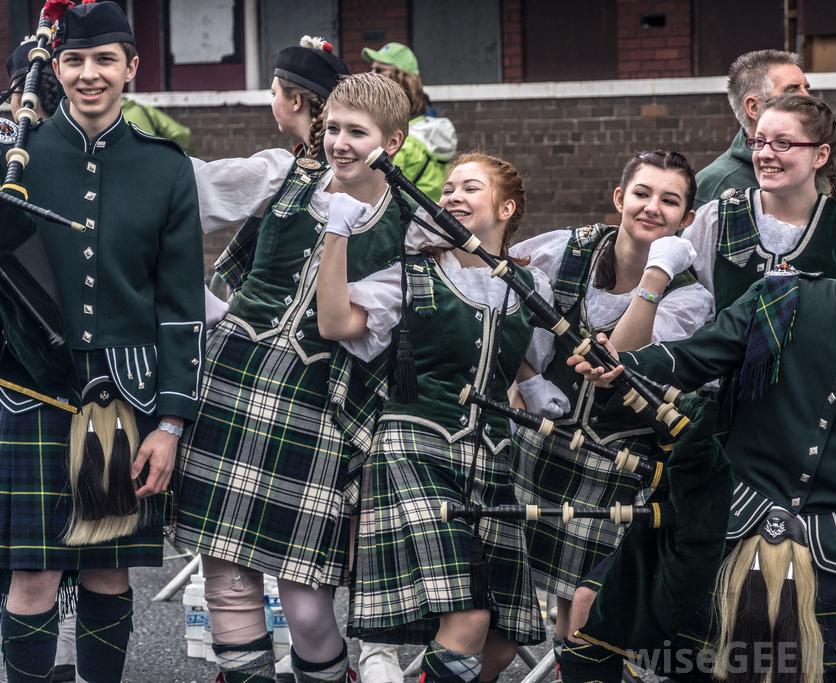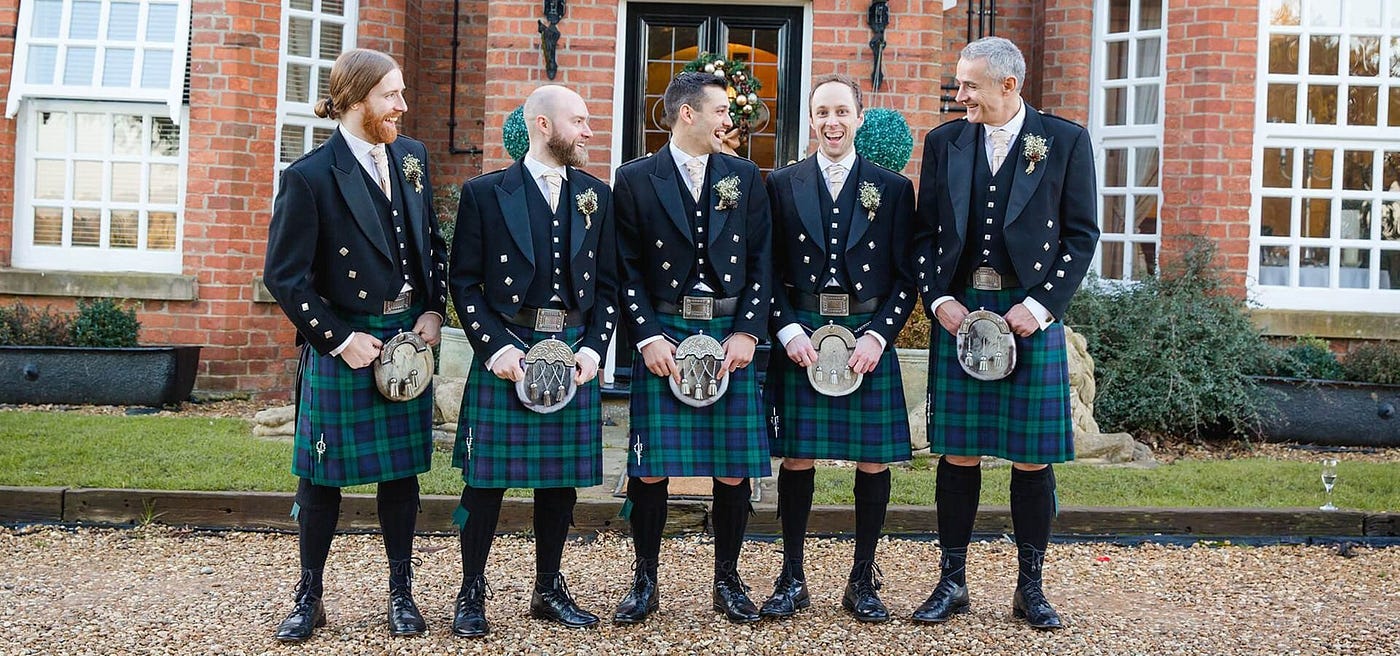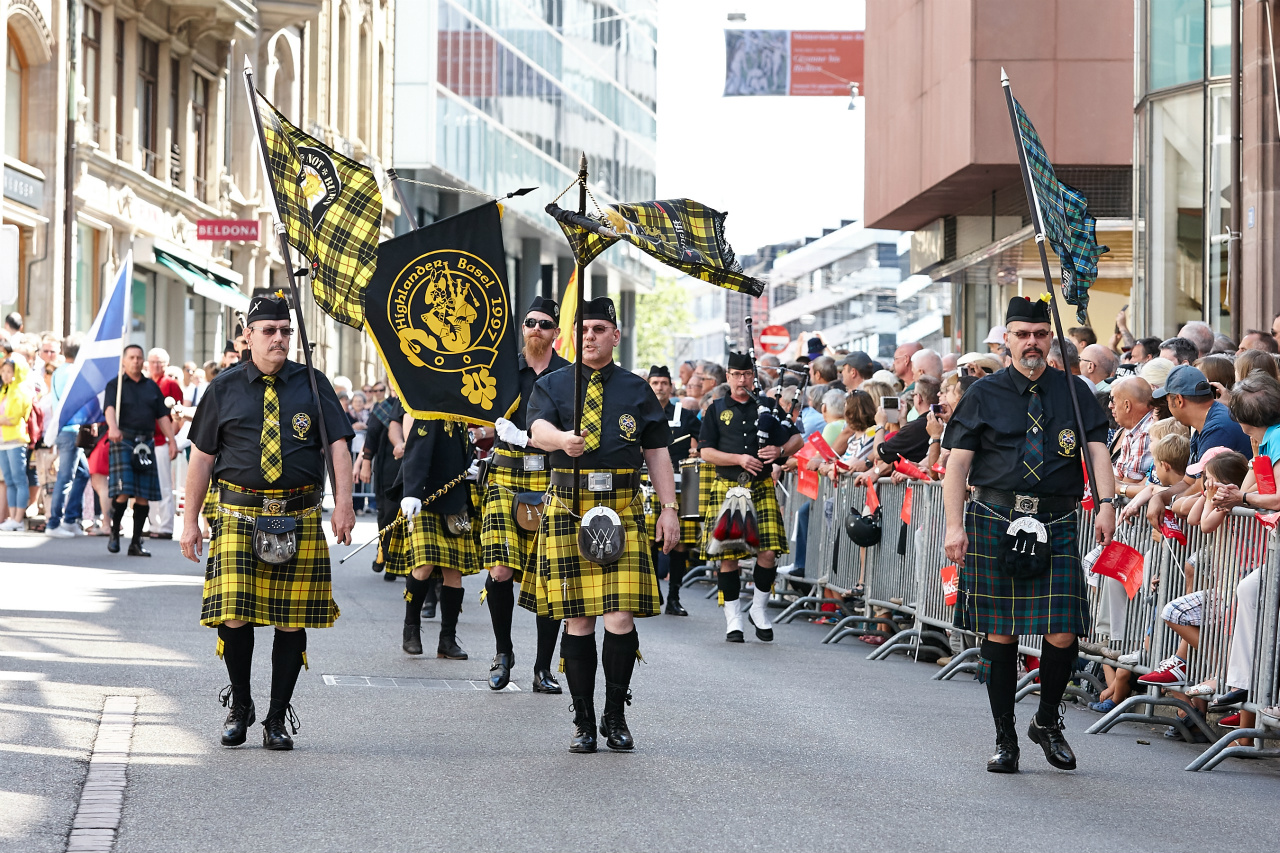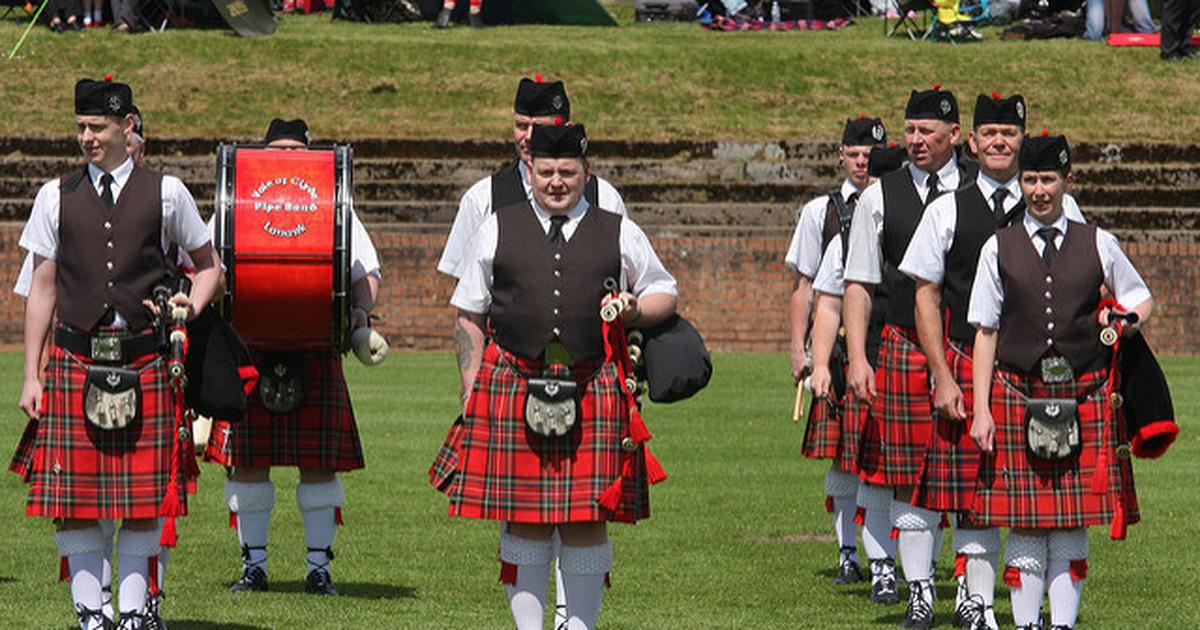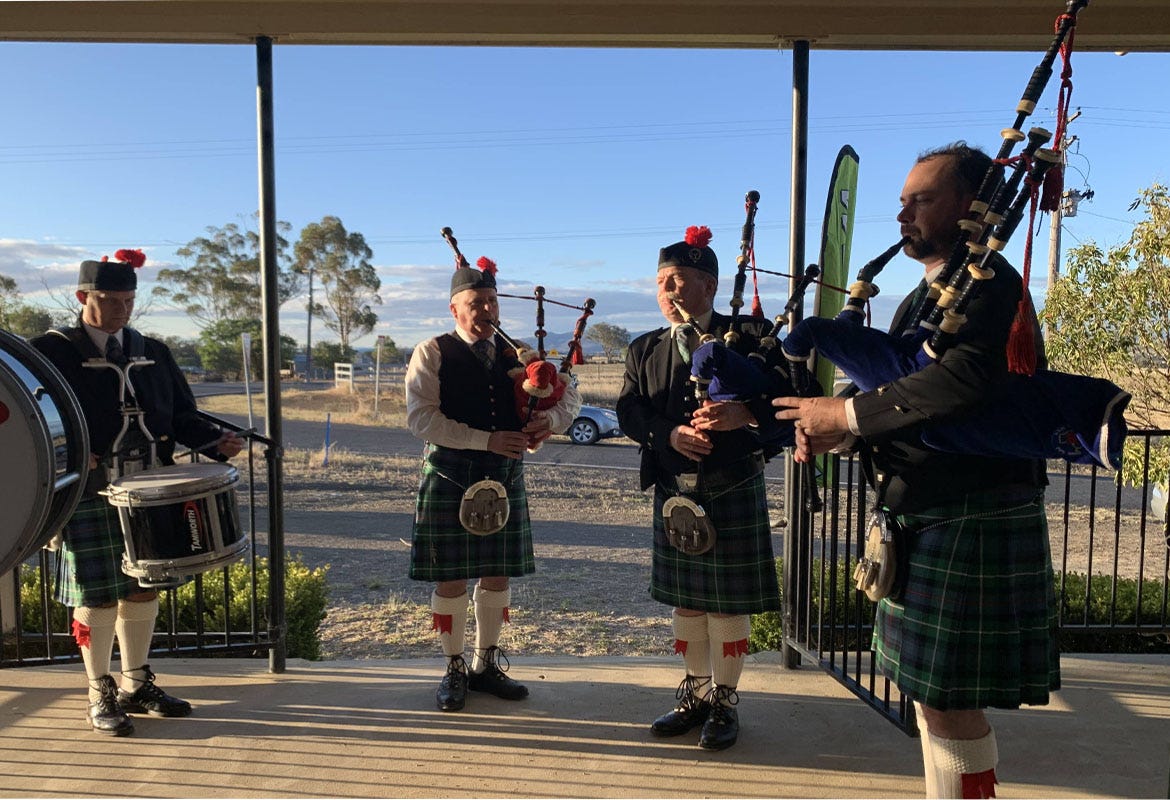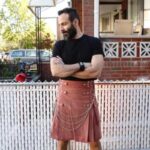Kilts are more than just a piece of clothing. They are a symbol of culture, history, and tradition. But what exactly are kilts, and why do they hold such a special place in Scottish culture? Let’s find out.
What Are Kilts?
A kilt is a knee-length, skirt-like garment. It’s made of woolen cloth, usually in a plaid or tartan pattern. Kilts are traditionally worn by men and fastened with buckles or straps. While most commonly associated with Scotland, kilts have Celtic roots. You can also find them in Ireland, Wales, and Northern Europe.
Scottish Kilts Culture
Kilts are deeply tied to Scottish culture. They first appeared in the Scottish Highlands during the 16th century. Originally, the kilt was a long piece of cloth wrapped around the body, called the great kilt. Over time, the design evolved into the modern version we know today.
The tartan patterns on kilts are more than decorative. Each pattern represents a specific Scottish clan. The tartan helped people identify which family they belonged to. This tradition continues today, especially during big events like weddings or clan reunions.
Kilts also play a big role in Scotland’s military history. Highland regiments wore them as part of their uniform in the 18th and 19th centuries. This helped keep the tradition alive and spread it across the world.
The Modern Kilt
Today, kilts are still worn for formal events and cultural celebrations. But they’ve also become a modern fashion item. You don’t have to be Scottish to wear one. Kilts are a unique fashion choice for many people who want to make a statement.
Modern kilts are made from lighter fabrics like cotton or synthetic materials. They’re more comfortable for daily wear. Some are designed for specific purposes, like for athletes or musicians. Others have a contemporary twist on the classic tartan, with bold colors or patterns.
Kilts in Popular Culture
Kilts are everywhere in pop culture. Movies like Braveheart and Outlander feature characters in kilts, which helped boost their popularity. These films show kilts as symbols of bravery and Scottish pride.
Celebrities have also embraced kilts, wearing them on the red carpet or at public events. This has brought the kilt into the spotlight, making it more mainstream.
Why Do People Wear Kilts?
Wearing a kilt today is about honoring tradition. For many, it’s a way to connect with their Scottish roots. For others, it’s about wearing something unique and stylish. A kilt can make you feel proud of your heritage or stand out at any event.
Kilts also give people a sense of pride. The tartan patterns tell a story about one’s family and history. When you wear a kilt, you wear that history.
The Versatility of Kilts
Modern kilts are incredibly versatile. You can wear them for many occasions. From weddings to casual events, a kilt fits right in. They come in a variety of colors, patterns, and materials. Some kilts are more traditional, while others are designed with a modern twist.
Athletes also wear kilts for events like the Highland Games. These games feature competitions like caber tossing and tug-of-war, and athletes proudly wear kilts as part of the uniform.
How to Wear a Kilt Today
Wearing a kilt is easier than you might think. Here are a few tips:
- Fit is important: Make sure the kilt fits comfortably around your waist and falls just above your knee.
- Choose the right accessories: Add a sporran, kilt pin, or jacket to complete your look.
- Pair with the right shoes: Traditional shoes like brogues or boots go well with a kilt.
- Embrace tradition: If you can, wear your family’s tartan to honor your heritage.
Final Thoughts
Kilts are more than just clothing—they’re a symbol of culture and pride. Whether you wear one to celebrate your heritage or as a fashion choice, the kilt remains a powerful symbol of Scottish history. It continues to evolve while keeping its rich cultural significance.
Next time you see someone wearing a kilt, remember—it’s not just fashion. It’s a piece of living history that connects the past to the present.
kilt history the history of the kilts what is a kilts
Last modified: January 29, 2025


